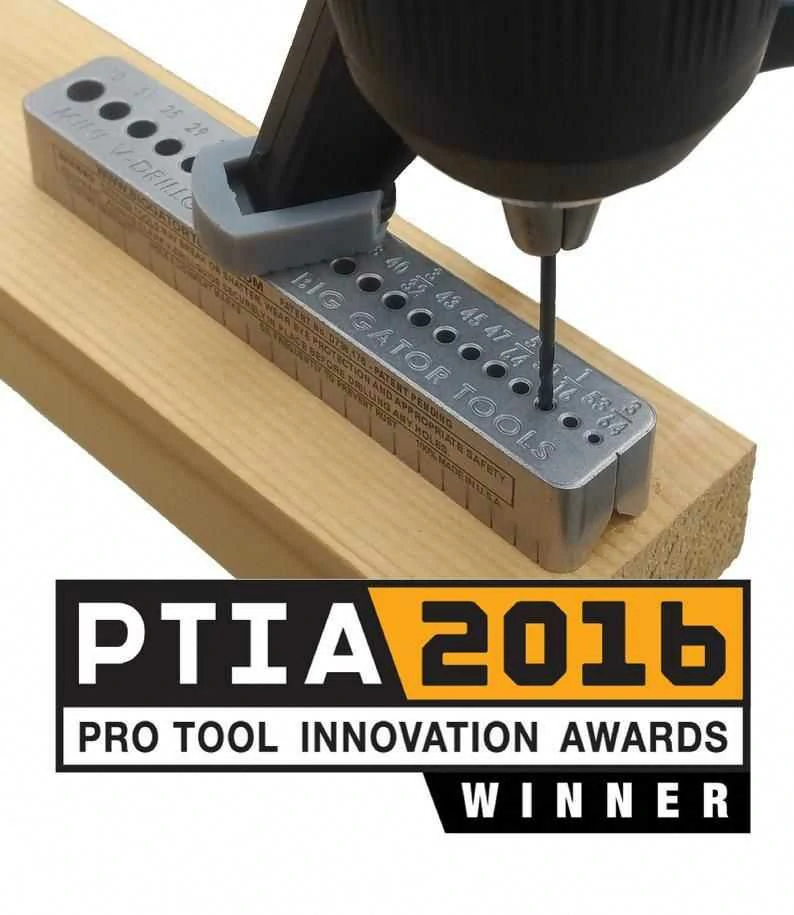The Process of Lithium-Ion Battery Diaphragm Casting and Stretching Production Line
Lithium-ion batteries have revolutionized the world of portable electronics and are increasingly being used in electric vehicles and renewable energy systems. A crucial component of lithium-ion batteries is the diaphragm, which separates the positive and negative electrodes and allows the flow of lithium ions. The manufacturing of lithium-ion battery diaphragms involves a complex and precise process known as casting and stretching. In this article, we will explore the detailed steps of this production line.
1. Casting
The first step in the production line is the casting of the diaphragm. The process begins with the preparation of a slurry, which typically consists of a polymer binder, a solvent, and ceramic particles. The slurry is mixed in a specific ratio to achieve the desired properties of the diaphragm, such as porosity and mechanical strength.
Once the slurry is prepared, it is cast onto a moving belt or drum, depending on the type of casting machine used. The thickness of the diaphragm is controlled by adjusting the speed of the belt or drum. The slurry is spread evenly across the surface, forming a continuous film. As the belt or drum moves, the solvent in the slurry evaporates, leaving behind a solid diaphragm.
After casting, the diaphragm undergoes a drying process to remove any remaining solvent and ensure its stability. This is typically done in a temperature-controlled oven for a specific period of time. Once dried, the diaphragm is ready for the next step in the production line.
2. Stretching
The second step in the production line is the stretching of the diaphragm. Stretching is done to improve the mechanical properties of the diaphragm, such as tensile strength and dimensional stability. It also helps align the ceramic particles in the diaphragm, which enhances its conductivity.
To stretch the diaphragm, it is first transferred to a stretching machine. The machine consists of two rollers or belts that apply controlled tension to the diaphragm. The diaphragm is fed through the machine, and the rollers or belts pull it in opposite directions, stretching it uniformly.
The stretching process is carefully controlled to achieve the desired properties of the diaphragm. Factors such as temperature, stretching speed, and tension are monitored and adjusted accordingly. After stretching, the diaphragm is inspected for any defects or imperfections and trimmed to the required size.
3. Quality Control and Packaging
After the stretching process, the diaphragm undergoes a series of quality control tests to ensure its performance and reliability. These tests include measuring its thickness, porosity, pore size distribution, and mechanical properties. Any diaphragms that do not meet the specified criteria are discarded.
Once the quality control tests are passed, the diaphragms are packaged according to the customer’s requirements. They are typically rolled or folded and placed in protective packaging to prevent any damage during transportation. The packaged diaphragms are then ready to be used in the assembly of lithium-ion batteries.
In conclusion, the production line for lithium-ion battery diaphragms involves the complex processes of casting and stretching. These steps require careful control of various parameters to ensure the desired properties of the diaphragm. Through this meticulous manufacturing process, high-quality diaphragms are produced, contributing to the performance and reliability of lithium-ion batteries.

